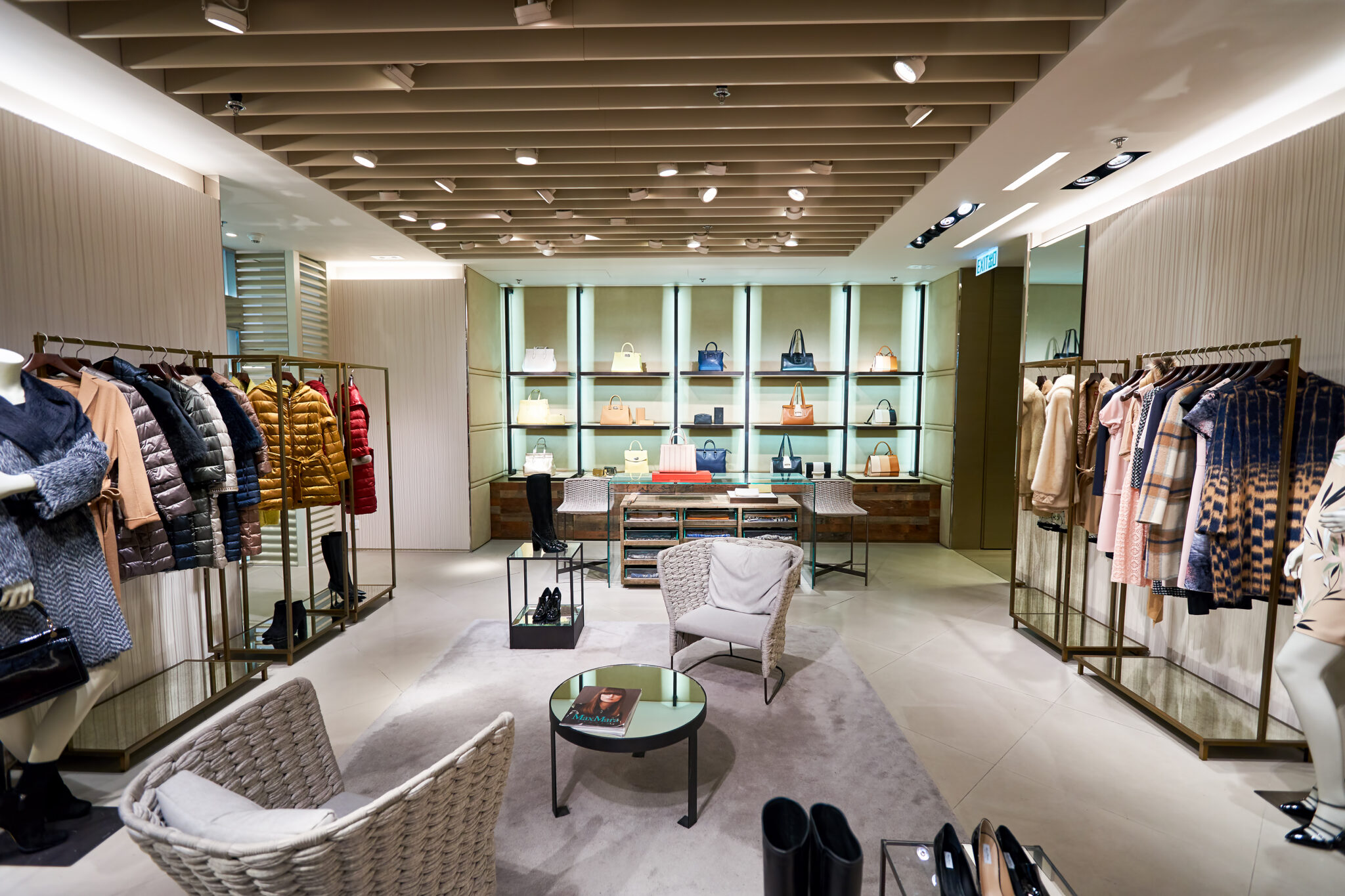Lighting Designers in Dubai
Designing effective lighting is an art. It highlights the best aspects of an interior design scheme, highlights architectural details, generates ambience, and simplifies common domestic activities. It has the potential to be absolutely revolutionary in the hands of a pro. The balance and interaction between ambient (generic), task (functional), and accent (dramatic/character) lighting depends on the space, as well as how and by whom it will be used. A space may be made to feel cosy while simultaneously being dramatic and atmospheric by using light and shade. If we want to bring attention to a painting on a wall, for example, we need a ceiling track light to hit the painting but also combine with a darker region surrounding it.
How Do we achieve these lighting schemes?
What does a lighting designer do?
What does a lighting designer do?

When should you hire a lighting designer?
When should you hire a lighting designer?
What does a well-designed lighting scheme incorporate?
What does a well-designed lighting scheme incorporate?
What are the different layers of lighting?
What are the different layers of lighting?
- The first layer of lighting, ambient lighting, is in charge of providing the room with overall illumination. The other two levels of light are added on top of it as a foundation layer.
- Task lighting, also known as focused lighting, is the second layer of illumination that enables one to carry out particular activities like reading, cooking, and learning.
- Accent lighting, the final type of lighting, is used to draw attention to specific architectural details or specific items. It only covers a small area.


What are the functions of different layers of light?
What are the functions of different layers of light?
- Ambient illumination makes it possible to observe the surroundings and carry out certain simple tasks. It consists of both overhead lights and natural light.
- Task lighting provides illumination for workspaces like worktops, desks, and reading nooks. Task lighting prevents the work surface from being covered with shadows or glare.
- Accent lighting draws attention to focal points like artwork, architectural elements, wall art, and photographs. This is a fantastic approach to inject some drama into the topic at hand. Additionally, accent lights serve as a supplemental source of lighting that can be effectively added to spaces that don’t receive enough natural light.
check these guys outbest replica watch websitesotterbox phone casescuando el barco se hunde las ratashandyhullen 24clear phone cases
